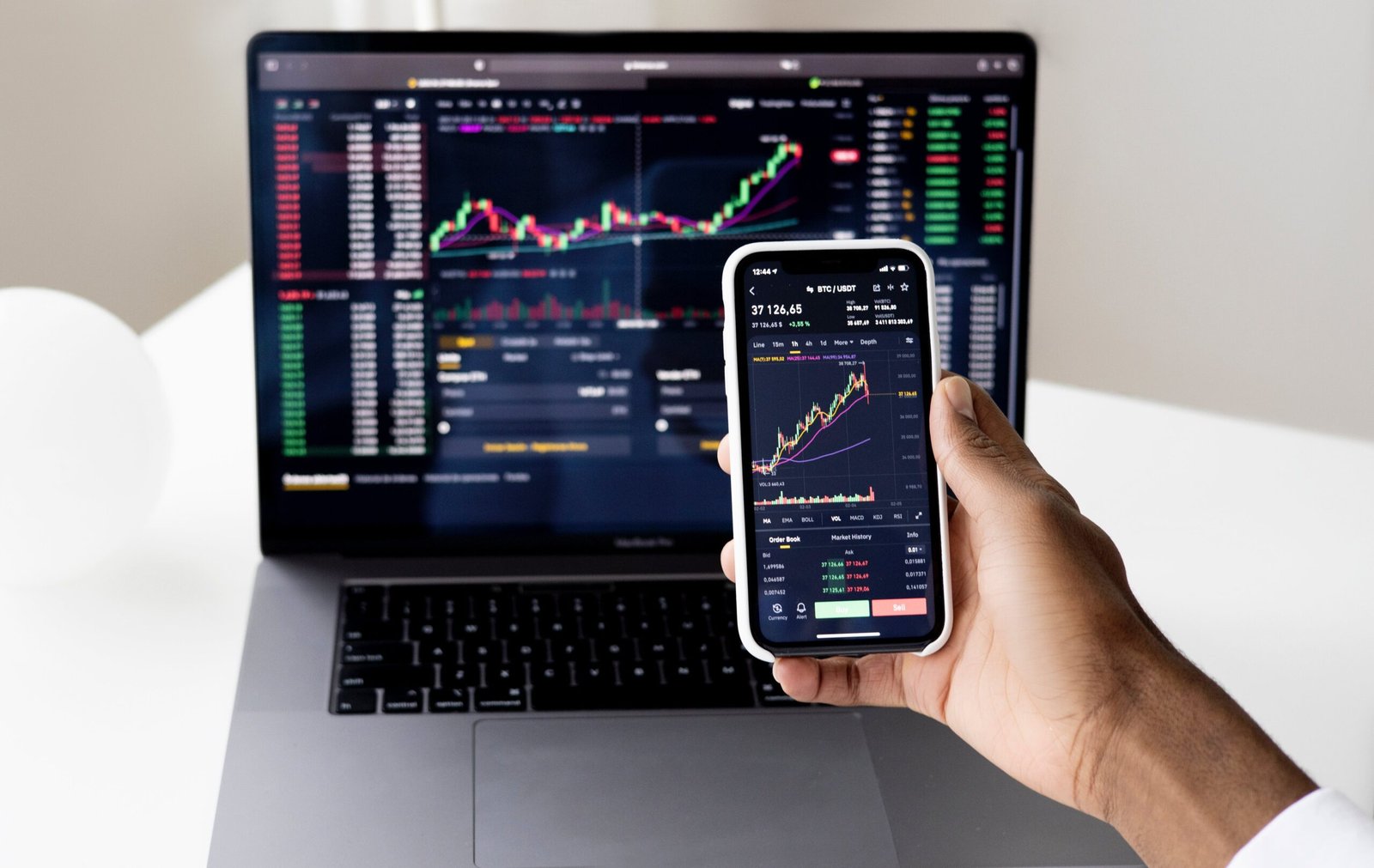Navigating the Crypto Seas: A Dive into the Latest Bitcoin and Cryptocurrency Trends
Bitcoin, which was initially seen as a scale experiment, has now become a widespread global phenomenon that has captured the interest and investments of millions. Today, the world of cryptocurrency is vast and diverse, encompassing not only Bitcoin but various alternative coins, decentralized finance (DeFi), and the rapidly expanding realm of Non-Fungible Tokens (NFTs). In this article, we will delve into the trends and advancements within the Bitcoin and cryptocurrency industry. We will explore metrics, landscapes, and emerging technologies, as well as the potential risks and opportunities that await us in this ever-evolving landscape.
Market Overview:
As of October 26, 2023, the overall market value of cryptocurrencies is around $1.2 trillion, which has seen a rise from its point during the pandemic in March 2020 when it was at $300 billion. Nevertheless, the cryptocurrency market continues to be unstable, as seen with Bitcoin, the cryptocurrency by market capitalization, which can have price fluctuations of up to 10% in one day.
Key Trends:
Several key trends are shaping the current state of the cryptocurrency market:
- Institutional Adoption: Institutions are increasingly warming up to cryptocurrencies. Major players like BlackRock, Fidelity, and Goldman Sachs are now offering crypto-related products and services, indicating growing mainstream acceptance.
- DeFi Boom: Decentralized finance (DeFi) protocols are gaining traction, allowing users to lend, borrow, and invest without traditional financial intermediaries. DeFi platforms offer attractive interest rates and accessible financial services, potentially disrupting conventional banking systems.
- NFT Mania: NFTs, which represent digital ownership of unique assets like artwork, music, and collectibles, are exploding in popularity. Our interactions with digital information are evolving as a result of this development, which is also creating new investment opportunities.
- Central Bank Digital Currencies (CBDCs): Central banks around the world are exploring the development of their digital currencies, raising questions about their potential impact on existing cryptocurrencies.
- Regulation: The regulatory landscape for cryptocurrencies remains in flux. Governments are trying to balance innovation with investor protection, leading to increased scrutiny and potential restrictions on the industry.
Bitcoin’s Price Surge:
Bitcoin has experienced a remarkable price surge in 2023, reaching a high of $41,000 in October. Several causes are responsible for this increased trend, including:
- Speculation of a Bitcoin ETF: The likelihood that a Bitcoin exchange-traded fund (ETF) will be approved by the US Securities and Exchange Commission (SEC) has increased market excitement.
- Institutional investment: Growing institutional adoption is providing additional liquidity and support to Bitcoin’s price.
- Macroeconomic uncertainty: Investors are increasingly seeking alternative assets like Bitcoin to hedge against inflation and potential economic downturns.
Altcoins and DeFi:
Altcoins like DeFi are attracting a lot of attention, even though Bitcoin is still the industry leader. Due to its inclusion in the DeFi ecosystem, Ethereum, the second-largest cryptocurrency, has seen a price increase alongside Bitcoin. Because of their distinctive qualities and functions, other cryptocurrencies like Polkadot, Cardano, and Solana are also becoming more and more popular.
Risks and Opportunities:
Despite the current optimism, the cryptocurrency market faces several risks:
- Regulatory uncertainty: The dynamic regulatory environment may inhibit innovation and restrict industry expansion.
- Cybersecurity threats: Cryptocurrencies are vulnerable to hacking and other cyberattacks, posing financial risks to investors.
- Volatility: The cryptocurrency market remains highly volatile, making it a risky investment for some.
However, there are also significant opportunities in the crypto space:
- Potential for high returns: Cryptocurrencies have historically offered the potential for high returns, attracting investors seeking lucrative investment opportunities.
- Disruption of traditional finance: DeFi and cryptocurrencies have the power to completely change the way we handle our money by providing more efficiency, accessibility, and transparency.
- Innovation and new applications: The underlying technologies of blockchain and cryptocurrencies are driving innovation across various industries, creating new opportunities and applications.
Conclusion:
The bitcoin and cryptocurrency market is undergoing a period of rapid growth and evolution. There are still obstacles to overcome, but there is no denying this technology’s ability to completely change the financial industry. By staying informed and adopting a cautious approach, investors can navigate the crypto seas and participate in this exciting new era of finance.
Additional Resources:
- CoinMarketCap: https://coinmarketcap.com/
- CoinGecko: https://www.coingecko.com/
- Bitcoin Magazine: https://bitcoinmagazine.com/
- Ethereum Foundation: https://ethereum.org/en/
- DeFi Pulse: https://defipulse.com/
Disclaimer:
This article is for informational purposes only and should not be considered financial advice. Kindly seek advice from a certified financial counselor prior to making any investment choices.


